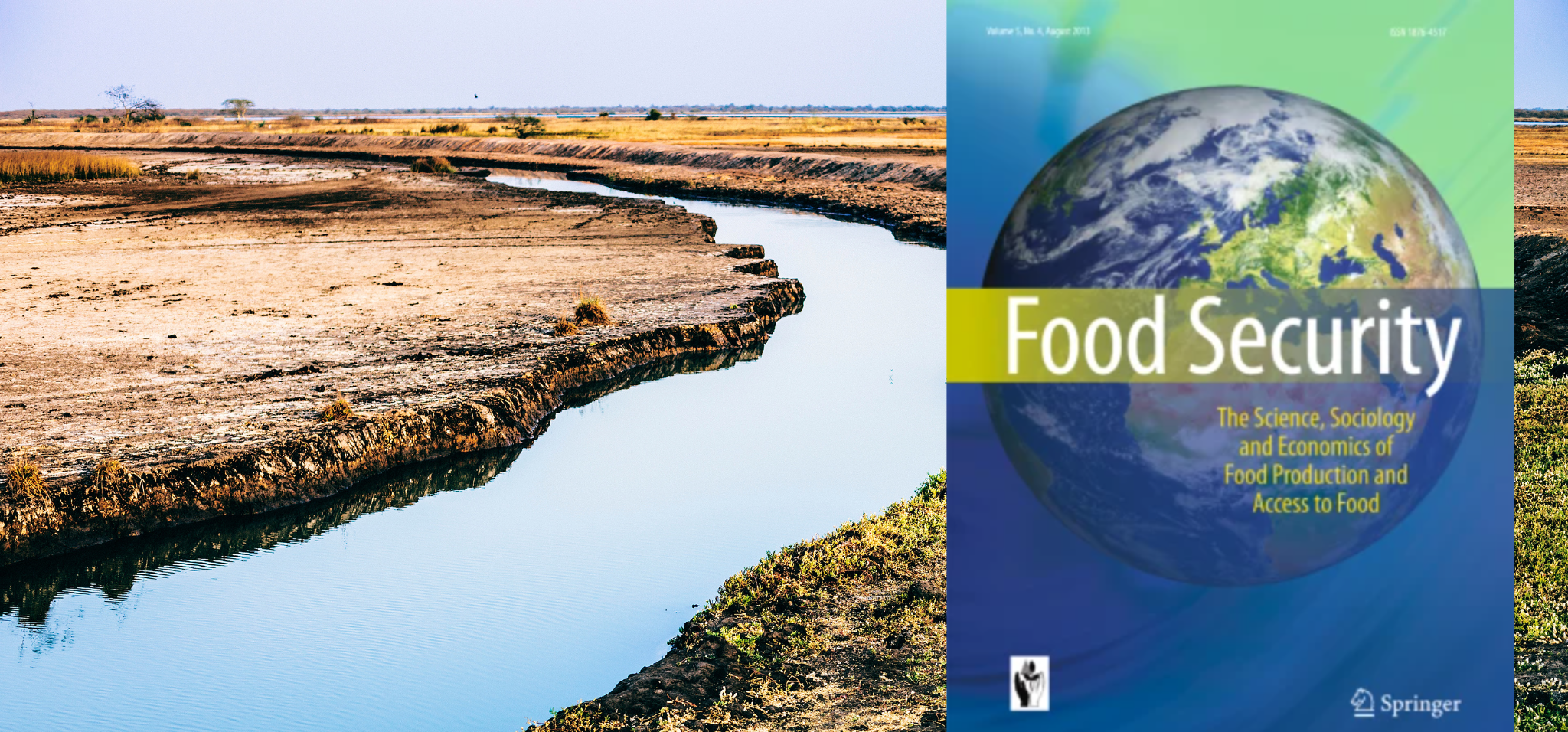
Authors: Tony W. Carr, Felicity Addo, Amanda Palazzo, Petr Havlik, Katya Pérez‑Guzmán, Zakari Ali, Rosemary Green, Genevieve Hadida, Alcade C. Segnon, Robert Zougmoré, Pauline Scheelbeek.
With rising demand for food and the threats posed by climate change, The Gambia is facing substantial food availability issues due to its agricultural sector's lower productivity compared to other West African countries. The Gambian agricultural sector is a crucial contributor to the country's economy, employing nearly half of the workforce. Crop production accounts for the majority of agricultural GDP, with main crops including groundnuts, millet, rice, maize, and sorghum. However, apart from groundnuts grown under resource-intensive conditions for the export market, most crops are produced through traditional rain-fed agriculture and subsistence farming, where farmers are often restricted by low soil fertility and limited access to inputs.
To address these challenges, there is a need to increase domestic food production while limiting deforestation and land degradation. In this study, we modified the FABLE Calculator, a food and land-use system model, to focus on The Gambia to simulate scenarios for future food demand and increasing domestic food production. Our results indicate that domestic food production on existing cropland will not be sufficient to meet national food demand by 2050, leading to a significant supply-demand gap.
We used the FABLE Calculator to explore possible actions that could reduce this gap by 2050. For example, investments in fertilizer availability and the development of sustainable irrigation infrastructure, coupled with climate change adaptation strategies like the adoption of climate-resilient crop varieties and optimized planting dates, could halve this gap.
Addressing the remaining gap will require additional strategies, such as increasing imports, expanding cropland, or prioritizing the production of domestic food crops over export crops. Given the critical role imports play in The Gambia’s food supply, it is essential to ensure a robust flow of food imports by diversifying partners and addressing regional trade barriers. Our study highlights the urgent need for sustained investment and policy support to enhance domestic food production and food imports to secure sufficient and healthy food supplies amidst growing demand and climate change challenges.
These results depend on the assumptions used in the FABLE Calculator and other factors considered. For example, we have accounted for the impacts of climate change on crops, the adoption of climate change adaptation techniques, as well as the potential of enhanced fertilizer use and irrigation to boost crop productivity, and assessed whether these measures would be sufficient to meet the projected increase in food demand.
Some of the decisions on inputs for the FABLE Calculator resulted from a stakeholder workshop with over 30 participants from The Gambia and other countries, including technical experts, policymakers, researchers, farmer organization representatives, and NGOs. They identified key drivers significantly influencing The Gambia's food and land-use system and collaborated in multidisciplinary breakout groups to co-develop and co-design realistic scenario pathways.
Our analysis has some limitations, such as lack of access to data from national agencies and the limitations of the FABLE Calculator. However, despite these limitations, this study’s modeling framework provides essential insights into The Gambia’s various future food supply and demand scenarios. Additionally, it offers a foundation for further research into the feasibility of healthy dietary targets and associated food availability, which is at the center of ongoing research in The Gambia.
If you want to find out more details about this exercise, they have been published in:
Carr, T. W., Addo, F., Palazzo, A., Havlik, P., Pérez-Guzmán, K., Ali, Z., ... & Scheelbeek, P. (2024). Addressing future food demand in The Gambia: can increased crop productivity and climate change adaptation close the supply–demand gap?. Food Security, 16(3), 691-704.